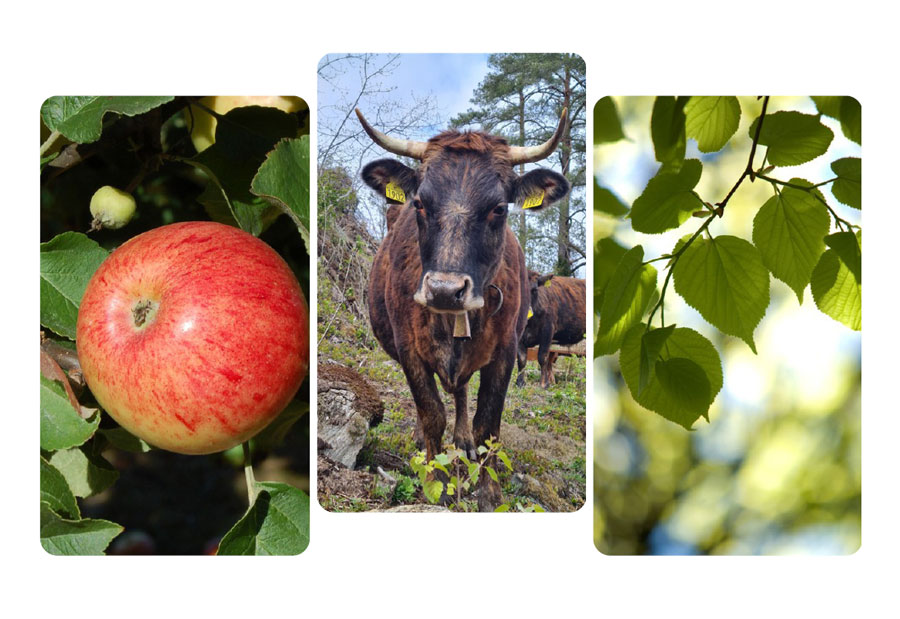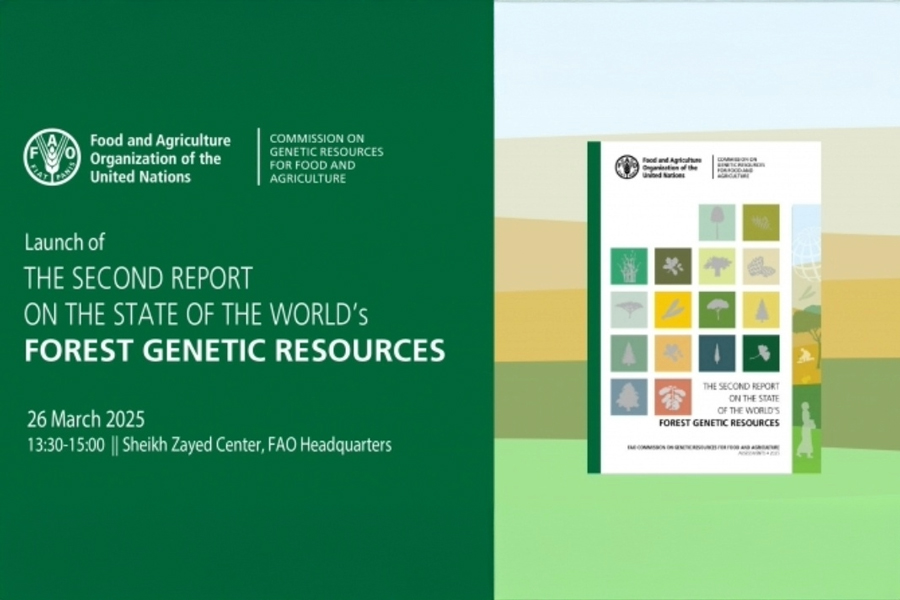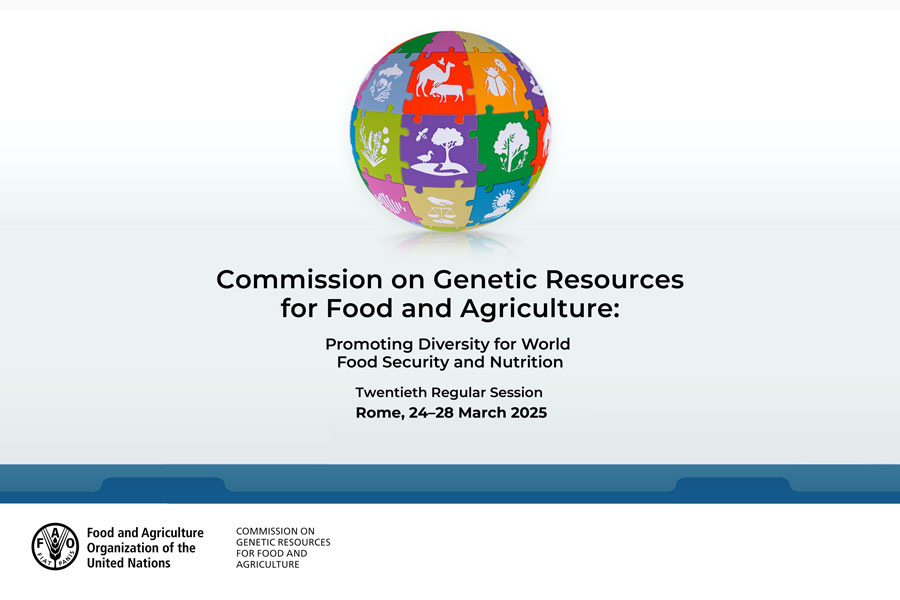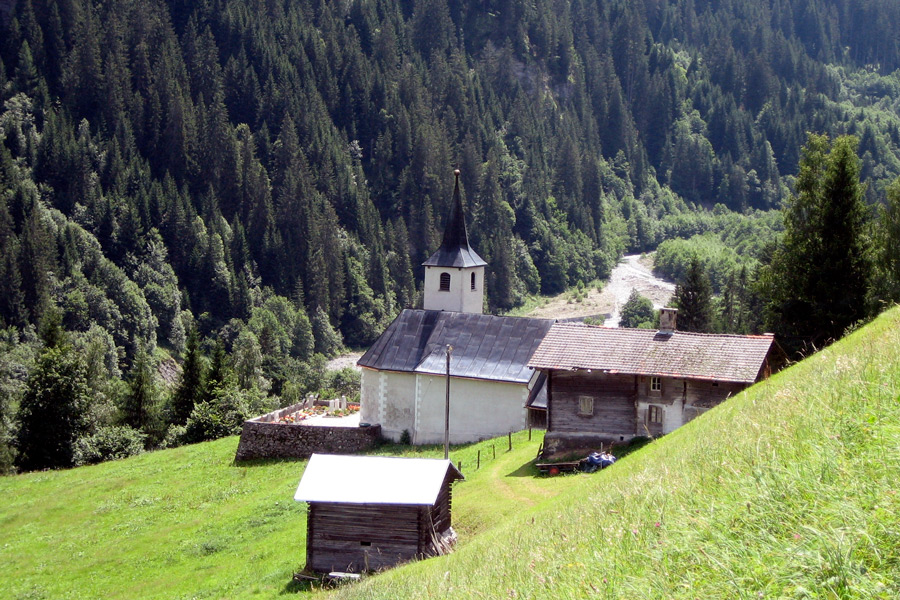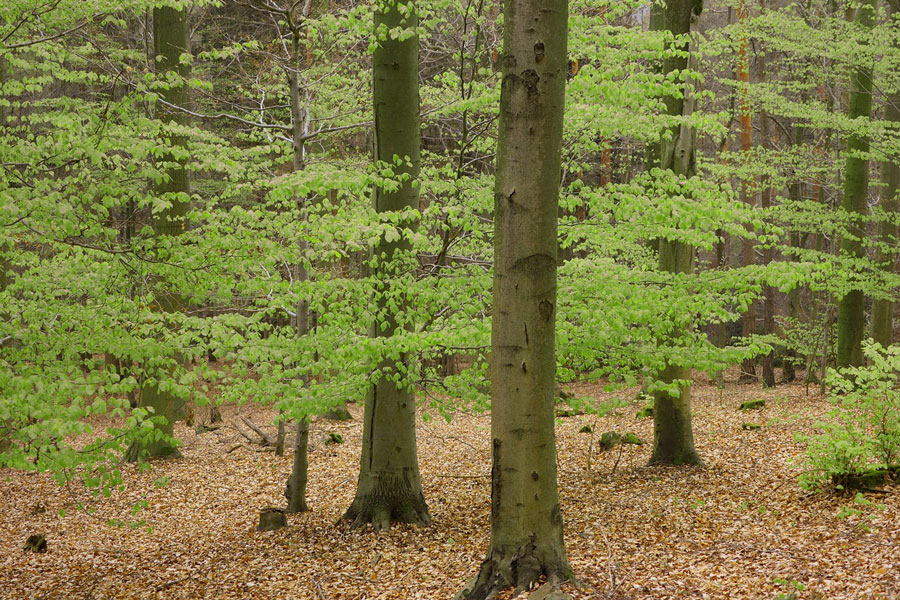Open access and patents for tree breeding methods in possible conflict
While the world frets about feeding 10 billion people by 2050, the need for much more wood for industry gets far less attention. And yet, by one estimate, consumption will increase by about 70% before 2040. Conventional breeding has resulted in some production gains for forest trees, but the slow generation time for trees puts a brake on how quickly advanced selections can be brought into production. Vegetative reproduction offers a partial solution to rapidly multiply highly superior individuals, notwithstanding the well-known risks inherent in genetically uniform plantations, but brings new problems in its wake. These are addressed in a new paper from Tor Myking (EUFORGEN National Coordinator for Norway) and Morten Walløe Tvedt (Fridtjof Nansen Institute) and Bo Karlsson (Skogforsk), published in <link http: www.tandfonline.com doi full _blank external-link-new-window external link in new>the Scandinavian Journal of Forest Research.
The paper focuses on somatic embryogenesis (SE), a laboratory technique for bulk production of genetically identical individual trees from a parent stock in tissue culture. This not only allows the production of large numbers of trees, but also overcomes the problem that under natural conditions good seed production years are unpredictable and relatively infrequent. Varieties produced by technical advances such as SE are likely to be the subject of patents to safeguard the investment they require.
However, at least in Nordic countries, these rights could be in conflict with the Every Man’s right to access forest genetic resources (FGR) in publicly accessible places. Among the reasons that the Nordic Genetic Resources Council gave for promoting unfettered access was that the normal duration of protection offered by a patent or plant variety protection is considerably shorter than the turnover cycle in forestry, meaning that patents offer very weak incentives for innovation. SE changes that.
Myking et al. discuss the different ways in which plant varieties may be protected by two forms of intellectual property rights and the ways in which such protection would impact access to FGR. For bred and non-bred material alike, in Norway FGR is considered a common property; people can access that FGR on public lands and claim their own rights in the material if they develop it further. If, however, an SE plant or technique is patented, then Every Man’s right allows access to the FGR, but does not give everyman any rights in the FGR. Prohibited and permitted uses of the material will depend on the exact formulation of the patent application.
One reason this is a problem for forest trees in Norway is that unlike, say, arable crops or fruits and vegetables, forest trees are planted on land to which everyone has access, and therefore has access to the genetic material. They do not have access to farmers’ fields or orchards or gardens.
However, there are already some exceptions to Every Man’s right, for example with regard to species threatened by extinction. As the authors point out:
“This shows that the Every man’s right can be limited for other legislative objectives such as the one of the patent system of providing incentives to invest in innovation. Whether there is a need to introduce such exceptions ... is a question open for discussion and has to be decided by the lawmakers.”
Related News
Related Links
- Protection of forest genetic resources by intellectual property rights – exploring possibilities and conceivable conflicts
- Picea abies (Norway spruce)
- Norway in EUFORGEN

